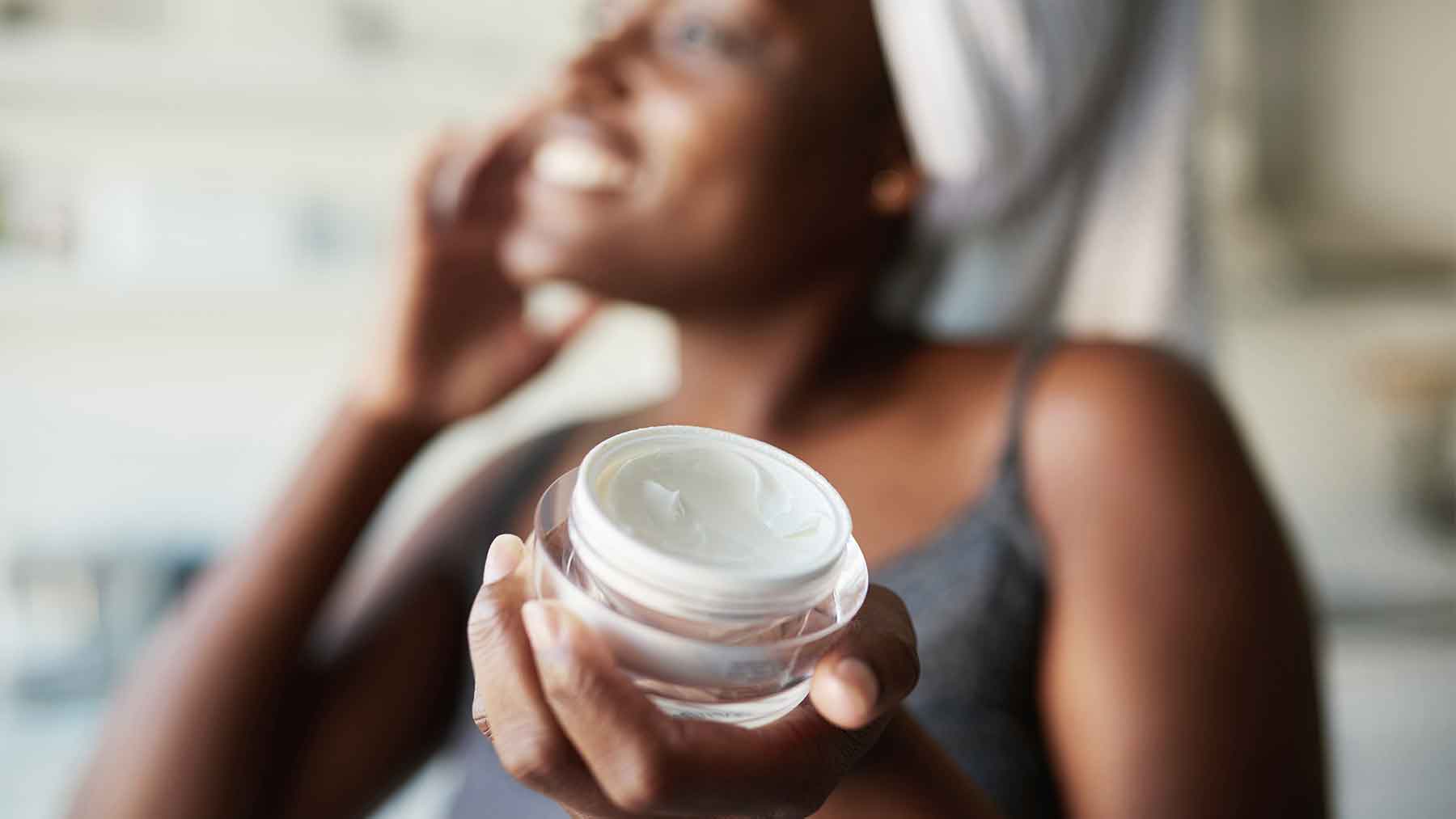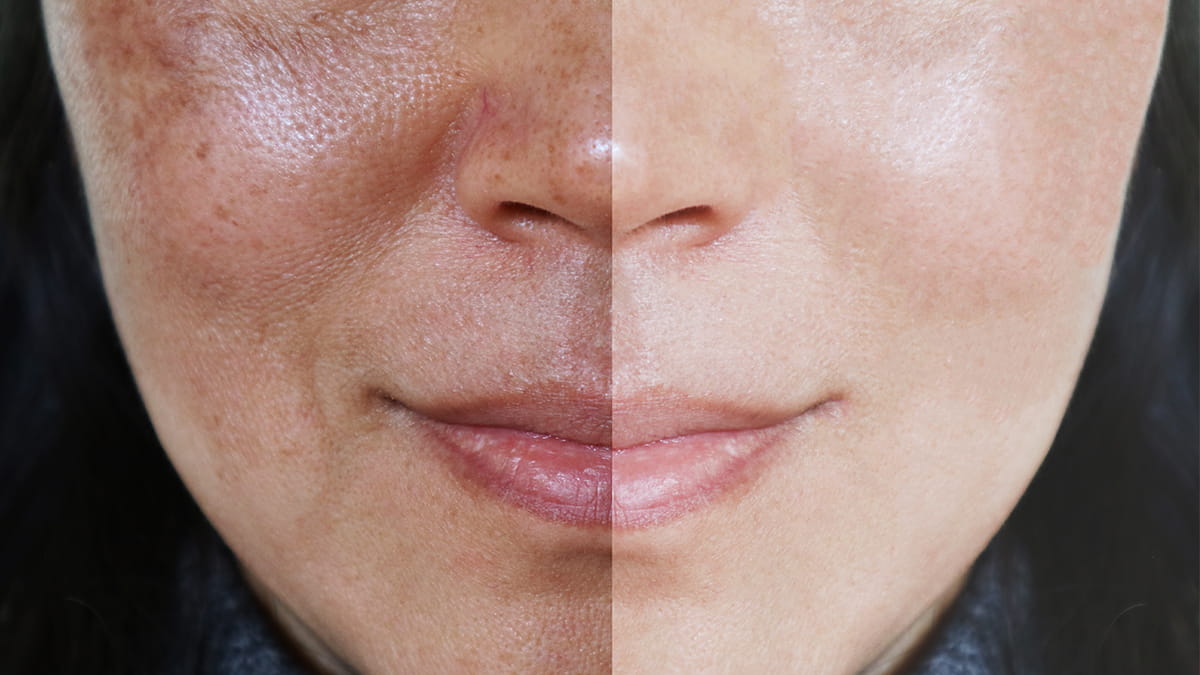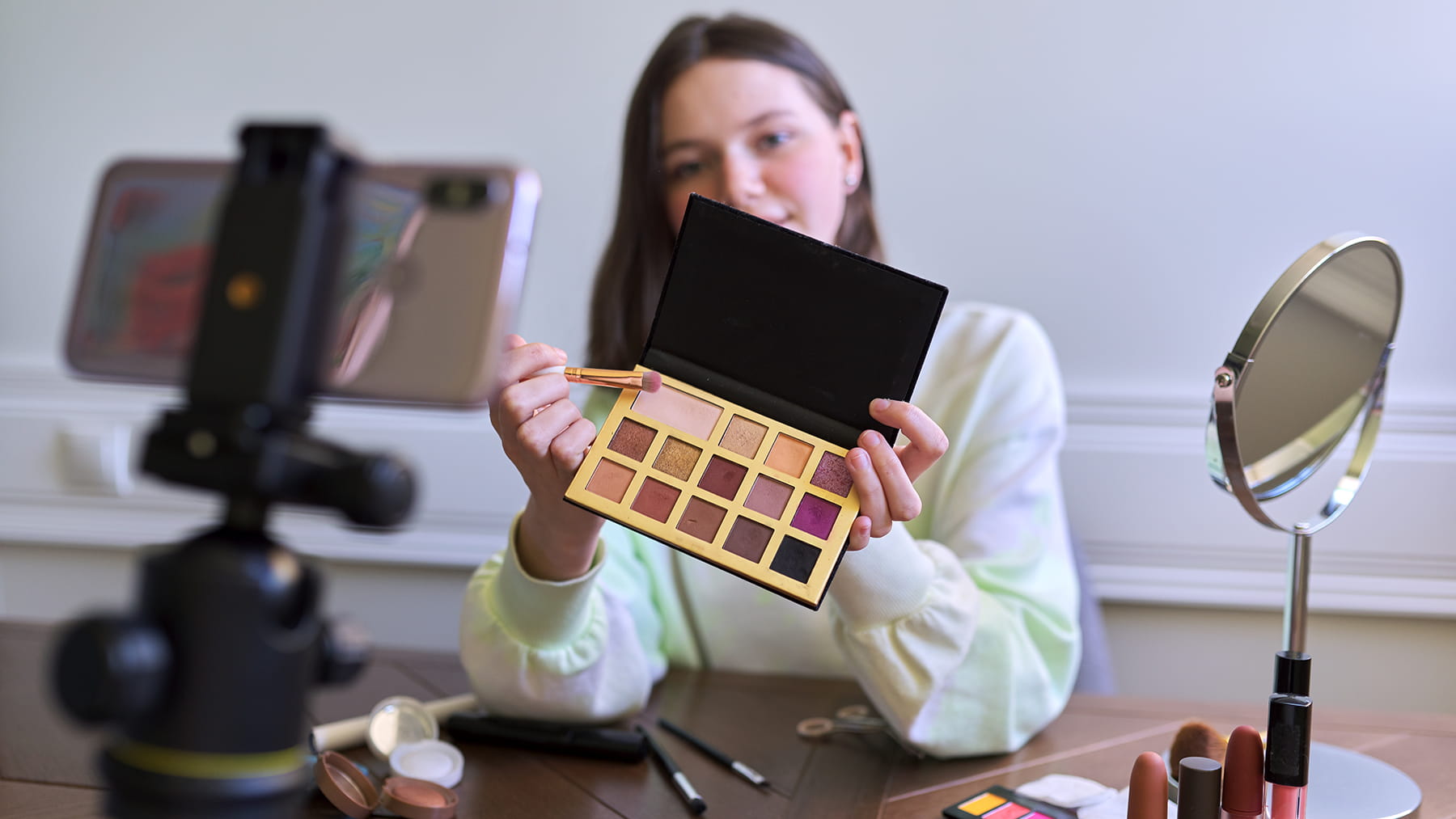Skincare: Sun damage, aging and dry skin

Taking care of your skin is important to prevent harmful damage, including cancer. Here are some tips to protect your skin from sun damage, aging and drying.
Skin care for anti-aging and sun protection for all age groups
Sun avoidance and photoprotection are important, but can’t be relied upon all the time.The most important product is sunscreen, as the sun can produce unwanted wrinkles, dark spots and skin cancer. We recommend SPF 30+ be applied every 1.5-2 hours while you’re exposed to sunlight. Sunscreen should be applied 15 minutes prior to going outside.
You can purchase UV protective clothing and hats with an ultraviolet protection factor (UPF). This factor indicates how much ultraviolet radiation, both UVB and UVA light, a fabric allows to reach your skin. A UPF 50 fabric blocks 98 % of the sun’s rays.
Skin care for anti-aging during early sun damage
You should consider adding vitamin C serum and retinoids to your skin care regimen. Ideally, you should use a vitamin C serum in the morning prior to sunscreen application and a retinoid at night. Prescription retinoids work the best but can be irritating to the skin and should be prescribed by your board-certified dermatologist. Neurotoxins (such as Botox or Dysport) may be considered for prevention of wrinkles or management of wrinkles. Fillers can start being used for volume loss. Skin care for anti-aging with substantial sun damage/wrinkles/dark spots
At this point, consultation with your dermatologist is imperative for the safest and most effective treatment recommendations. There are many options for treatment of sun damage. Procedures such as chemical peels, chemotherapy creams, blue light treatments, compounded lightening creams, neurotoxins, fillers, laser treatments or surgery may be advised based on your specific condition. Caring for dry or sensitive skin
Whenever possible, use lukewarm water when bathing or showering, as extreme temperatures can result in drying of your skin. Bathe or shower for no more than 5-10 minutes to avoid drying your skin. It’s important to avoid vigorously scrubbing when you clean your skin. Ideally, use the minimum amount of gentle soap or cleanser, one without any scents or dyes. If you didn’t exercise intensely, the soap can be applied under the arms and in the groin only. After bathing, pat your skin lightly with a towel. Don’t rub or scrub. Then apply a moisturizing cream or ointment to lock in moisture. Avoid lotions, as they can be drying. You may need to apply your moisturizer 2-3 times a day. Remember to apply prescription creams to affected areas only. It’s best to use moisturizers and prescription creams at different times during the day. If applied at the same time, always apply the prescription cream first and use the moisturizers on unaffected skin with no rash to avoid interfering with the action of the prescription cream.
Products such as powders, perfumes or colognes can be irritating to your skin.
Avoid tight or “scratchy” clothing such as wool or acrylic. Always wash new clothes before wearing for the first time. Use unscented hypo-allergenic laundry products without fabric softener.
Always consult your board-certified dermatologist about any questions or concerns.
Jeff Wargo is a dermatologist at The Ohio State University Wexner Medical Center and an assistant professor at The Ohio State University College of Medicine.




